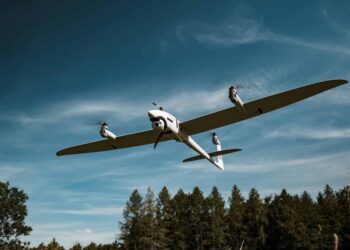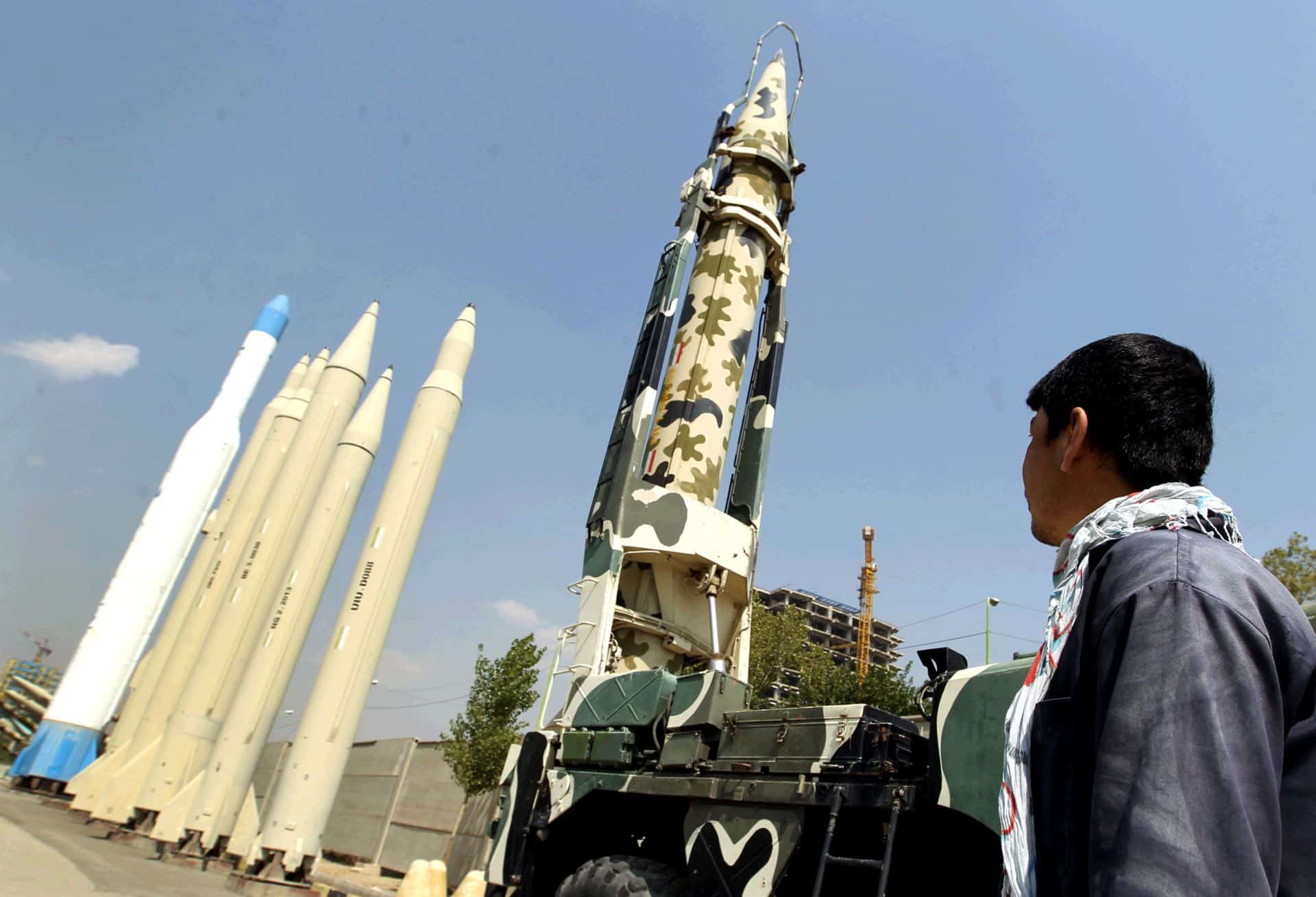US Air Force, WRIGHT-PATTERSON AIR FORCE BASE: The Large Aircraft Infrared Countermeasures program was selected as co-winner of the 2005 Defense Manufacturing Technology Achievement Award.
The award was presented at the 2005 Defense Manufacturing Conference to the team behind the project, including Team Leader and Project Engineer Raymond J. Linville.
This award recognizes the hard work and dedication of the Manufacturing Technology engineers of the Air Force Research Laboratory's Materials and Manufacturing Directorate, along with the Mobility System Wing and the support contractors involved from Northrop Grumman Corporation.
The Manufacturing Technology effort resulted in significant cost, production rate and reliability improvements that will be vital in protecting large aircraft from terrorist threat.
The Defense Manufacturing Technology Achievement Award, approved by the Joint Defense Manufacturing Technology Panel and presented by Sue C. Payton, Deputy Under Secretary of Defense (Advanced Systems and Concepts), is the second award given for this effort.
In 2003, Linville was awarded the prestigious Air Force Science and Engineering Award in the Manufacturing Category, approved by Air Force Chief Scientist Dr. Alexander Lewis, due to his work in personally defining, leading and managing programs in support of Laser Eye Protection and the Viper Laser, which is one of the primary components on the countermeasures system.
The countermeasures system is designed to protect C-17s, C-130s, and other large aircraft from infrared-guided surface-to-air missile threats by automatically detecting a missile launch, determining if it is a threat, and activating a high-intensity directed laser beam countermeasure system to track and defeat the threat.
Large, slow aircraft with high signatures flying at low altitudes are prime targets for man-portable air defense missiles and need the protection Large Aircraft Infrared Countermeasures systems provide.
The Viper Laser provides energy on target to jam threat missiles. Manufacturing Technology and Northrop Grumman Corporation representatives believed costs could be reduced for the Viper by addressing manufacturing, maintainability, reliability, supportability and availability issues.
The insertion of Lean practices and principles increased yield and reduced touch labor costs, and design changes were made that reduced deficiencies and the number of assembly and adjustment steps for the electronic and optical components.
Finding more suppliers for high value electronics, optics and other materials created more competition and drove the cost down by substituting standardized components for the specialized ones.
Significant cost saving procedures implemented in the manufacture and assembly of the Viper Laser decreased the countermeasures system
Germany says adding explosive drones to weapons arsenal
Germany said Friday it would buy explosive drones for the first time as Berlin boosts investments in its armed forces...









